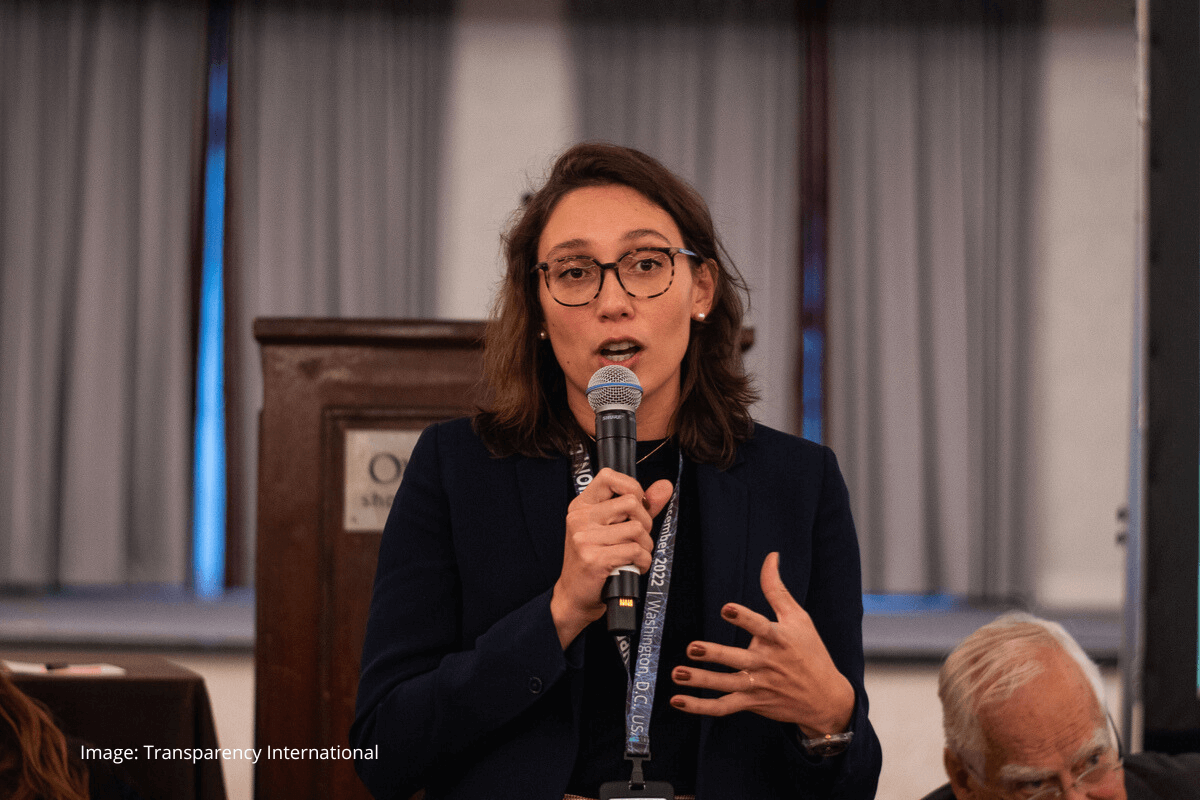Peter Eigen spent years working in Africa and Latin America, seeing first hand the damage caused by corruption.
It was what inspired him to found Transparency International in 1993. And at the heart of the organization was the Integrity Pact.
“The concept of the Integrity Pact was basically the key to our success,” said Eigen, at the International Anti-Corruption Conference in Washington DC in December.
Integrity Pacts were developed as a tool for preventing corruption in public contracting, established in the nineties and improved during the intervening years.
A lawyer by training, Eigen spent many years working on procurement before becoming a World Bank manager of programs in Africa and Latin America.
“Each of our World Bank projects had very important requirements for the recipients of the loan to give a contract after competitive bidding and I spent years just working on that issue,” he said. “Therefore, it came very naturally to me 20 years later when I moved out of the legal department and was basically the director of East Africa in Nairobi and the World Bank office, to do something about corruption, because I saw many famous companies bribing and undermining what we were trying to do,” he said.
“Then I said to the World Bank that we have to improve our procurement guidelines and say something about corruption. And I was told ‘no, that’s not our function.’ Everybody thinks that corruption is inherent in international business and if we stop them from bribing, they will lose all their business internationally.”
Things came to a head and Eigen says he was told: “If you want to fight corruption better, leave,” which he did, moving to Berlin to start TI.
“This idea of an integrity system became basically a driving force for setting up Transparency International in the early nineties,” he said.
When Eigen started promoting the idea, he received support from a number of World Bank colleagues. His mission was to find a way in which everybody stops bribing simultaneously.
“And no other than [American business executive and former US Secretary of Defense] Robert McNamara fell in love with this concept and offered his help with it,” said Eigen.
In 1996 they had their first conference, then in the fall 1997, 35 members of the OECD and some other countries signed this “fantastic convention,” remembered Eigen. That convention essentially made foreign bribery a crime for signatory countries.
“This has to be a bottom-up agreement between the major sectors of society, and that’s the private sector, government, and civil society. Since that time, we are absolutely determined to try to include this as a major tool for anti-corruption,” he added.
The Integrity Pact today
Kaunain Rahman, a research coordinator from Transparency International, spoke about the Integrity Pact today and current challenges.
There are some absolute basic components that need to be included in Integrity Pacts, she said, and these are anti-bribery and anti-corruption measures, plus details that allow transparency on the disclosure of payments to intermediaries.
“However, these are just the basics, so with the progressing and evolving anti-corruption landscape and the wide variety of tools that we now have, we need more than just these basic elements,” she said.
Another challenge, she said, had been persuading businesses to get on board.
“One challenge in recent times has been limited engagement of businesses which is quite paradoxical, as through the 1990s and 2000s, in the initial years of the Integrity Pact, businesses were active stakeholders.”


